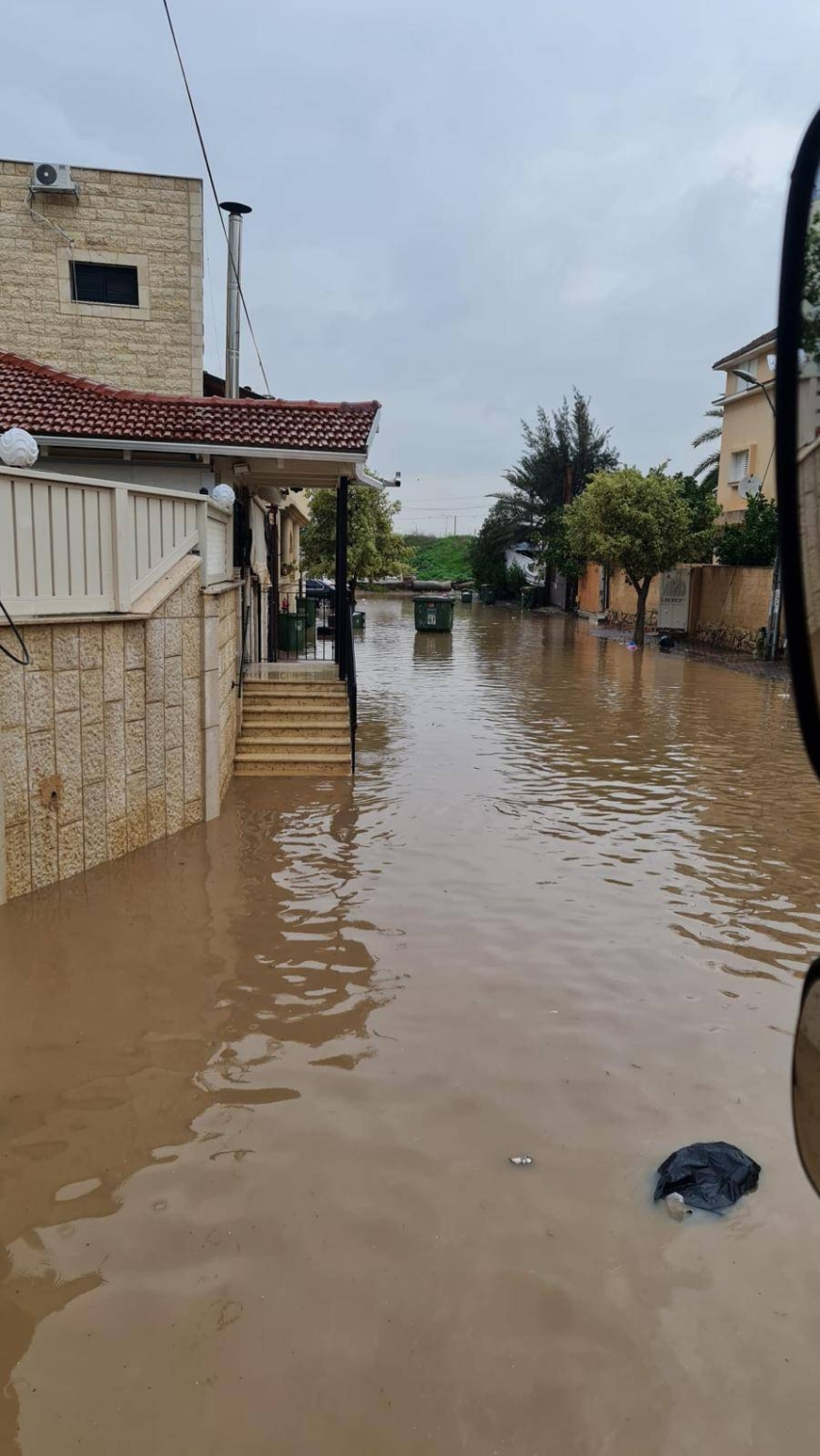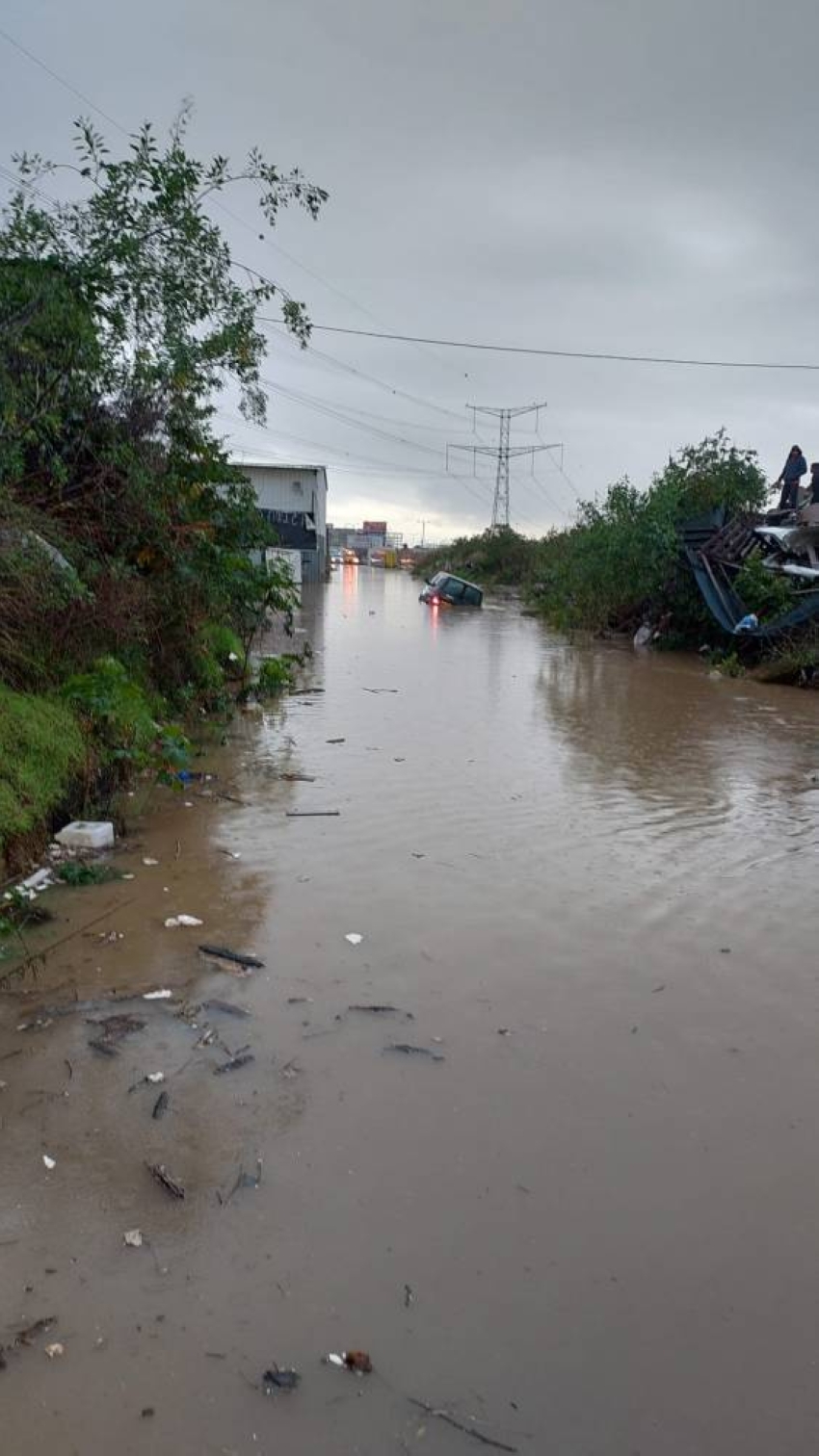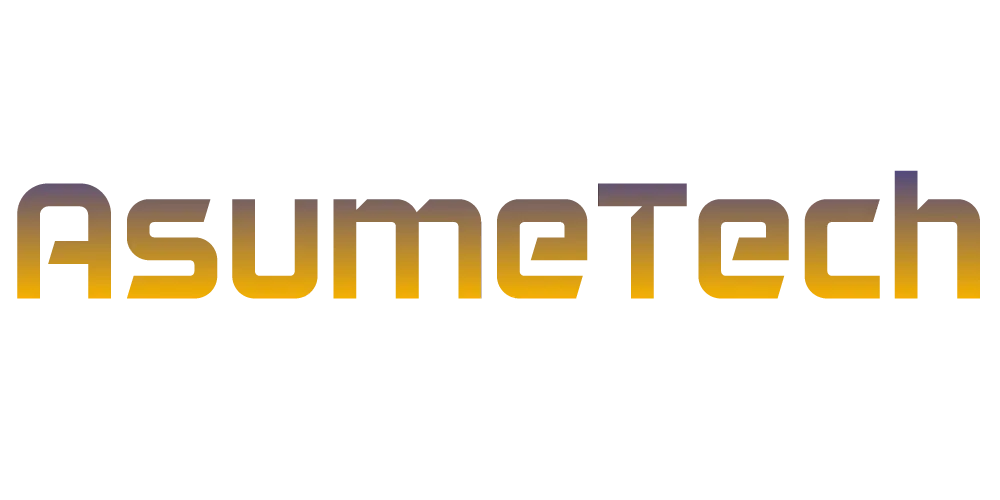It is a parallel life in this site, which is one of prove more visible than the side effects of war in Syria. A lifeless place suddenly transformed in a city camp, and the capital of Syrian refugees in Jordan, where their total number is around 1.3 million refugees, according to data from the Jordanian government, while the number of refugees registered with UNHCR is around 655,000, of which around 123,000 live in Zaatari and Blue camps.

One of the notables of the camp, Akram Hariri, says that the challenges have persisted from its establishment until now, but over time they have taken different forms: families have to distribute aid, and then there is the challenge of continuing education. university and integration into the labor market due to limited job opportunities, how to repair caravans, most of which have become unusable, and the latest challenge that has hit the world and us, which is facing the “Corona” epidemic.
According to the latest statistics, the population of the Zaatari camp is currently around 77,000 displaced refugees in 12 sectors and 26,000 housing units (caravans).
The results showed that the age structure of Syrians in Jordan is considered young, as the percentage of children under the age of (15) was about 45% of the total number of them. In one studio of the United Nations High Commissioner for Refugees, on Monday, about 79% of refugees in Jordan, or more than 500,000 people, lives below the poverty line, on less than $ 3 a day.


